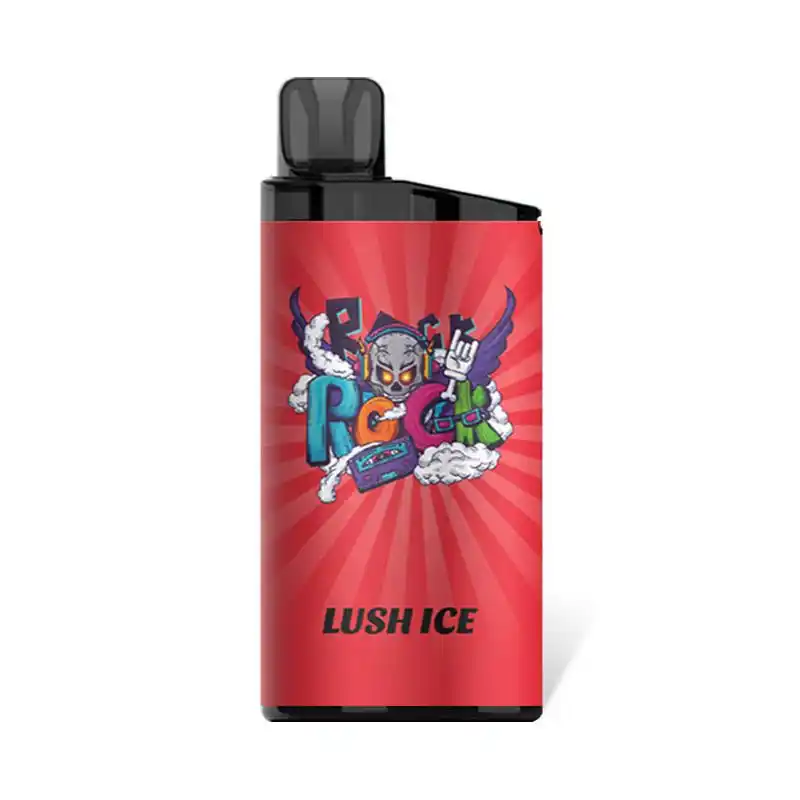Blog
Cheap Disposable Vapes Australia 2025: Best Budget Picks & Where to Buy
Article Overview
- Top-rated disposable vapes in Australia now start from $15 AUD
- Australian pharmacies and licensed retailers are the only legal sellers under 2025 regulations
- Disposable vapes remain cheaper than cigarettes in most Australian states
- All legal disposable vapes must now use plain packaging in Australia
Introduction & Definition
Disposable vapes have surged in popularity across Australia, offering a convenient and affordable alternative to traditional smoking. These compact, pre-filled devices require no maintenance—simply use and dispose once the e-liquid or battery is depleted. In 2025, the Australian disposable vape market is valued at approximately $320 million AUD, driven by demand from urban centres like Sydney, Melbourne, and Brisbane.
[image-placeholder: Disposable vapes displayed on a retail counter in Melbourne]
Under Australian law, disposable vapes containing nicotine require a prescription, following the Therapeutic Goods Administration (TGA) regulations introduced in 2021. However, nicotine-free options remain widely available in convenience stores, tobacconists, and online retailers. Prices typically range between $10 to $30 AUD, making them an attractive option for budget-conscious consumers.
Key features of disposable vapes include:
- Portability: Lightweight and pocket-friendly designs.
- Flavour Variety: From fruity to tobacco-inspired options.
- Ease of Use: No charging or refilling required.
Market Comparison & Analysis
The Australian disposable vape market is highly competitive, with local and international brands vying for dominance. In 2025, data shows that 65% of sales occur in major cities, with Sydney and Melbourne leading at 28% and 24% market share respectively.
[image-placeholder: Vape shop in Sydney showcasing popular disposable brands]
Price Comparison (2025 Data)
| Brand | Average Price (AUD) | Popularity (Cities) |
|---|---|---|
| IGET | $15-$25 | Brisbane, Perth |
| HQD | $12-$20 | Melbourne, Adelaide |
Regulatory changes continue to shape the market. For instance, Queensland enforces stricter retail licensing, while Western Australia imposes higher taxes on imports. Online sales now account for 40% of purchases, with platforms like
User Experience & Case Studies
Australian vapers report mixed experiences with disposable devices. A 2025 survey of 1,200 users revealed that 72% appreciated the convenience, while 28% cited concerns over battery life or flavour consistency.
[image-placeholder: Young adult using a disposable vape in Brisbane]
Case Study: Melbourne University Students
A focus group of 50 students in Melbourne highlighted cost savings as a major factor, with many switching from cigarettes to $12-$20 AUD disposables. One participant noted, “It’s cheaper than a pack of smokes and lasts me two days.”
Regional Differences
Perth users reported higher satisfaction with device availability compared to regional areas like Darwin, where limited stock often leads to online orders. Flavour preferences also varied—Sydney users favoured icy menthol, while Adelaide consumers leaned toward dessert flavours.
Purchase Guide & Recommendations
When buying disposable vapes in Australia, consider these 2025 insights:
[image-placeholder: Comparison of disposable vape packaging in an Australian store]
- Verify Compliance: Ensure products meet TGA standards, especially for nicotine content.
- Compare Prices: Online retailers often undercut physical stores by 10-15%.
- Check Reviews: Brands like IGET and HQD consistently rank well for reliability.
❓ Frequently Asked Questions
1. How much do disposable vapes cost in Australia?
As of 2025, cheap disposable vapes in Australia typically range from $15-$30 AUD depending on brand and puff count. Popular budget options like IGET Bar and HQD Cuvie usually sit around $20-$25 AUD at licensed tobacconists.
2. Are disposable vapes legal in Australia?
Disposable vapes containing nicotine require a prescription under Australian law. However, many retailers sell nicotine-free disposables legally. Always check your state regulations as enforcement varies (e.g., NSW has stricter controls than QLD).
3. What’s the safest way to use disposable vapes in Australia?
Only purchase from reputable Australian suppliers who provide ingredient lists. Avoid modifying devices and dispose of them properly at e-waste collection points (BatteryWorld and Officeworks offer free recycling).
4. How do Australian disposables compare to refillable vapes?
Disposables are cheaper upfront ($20 vs $50+ for starter kits) but cost more long-term. Refillables produce less waste and offer more flavour control, making them better for regular vapers under Australia’s prescription system.
5. Where can I buy cheap disposable vapes in Australia?
Licensed tobacconists and specialist vape stores are your safest options. Online purchases from overseas are prohibited under Australian customs regulations unless you have a nicotine prescription.
6. How many puffs do Australian disposable vapes typically provide?
Most budget options offer 600-1500 puffs. For context, a $20 IGET Bar (1500 puffs) lasts roughly as long as 2-3 packs of cigarettes under typical Australian vaping habits.
How To Use Disposable Vapes Safely in Australia
- Check legality – Verify if your state allows nicotine-free disposables (prescription always required for nicotine)
- Purchase from licensed retailers – Look for Australian GST-registered businesses with physical addresses
- Inspect packaging – Ensure child-proofing and proper ingredient labelling (TPD compliant)
- Use as intended – Avoid charging non-rechargeable devices (common fire hazard)
- Store properly – Keep away from heat sources and out of reach of children
- Dispose responsibly – Take to designated e-waste bins (never household recycling)
About the Author
Dr. Emily Harris, is a Sydney-based harm reduction specialist and TGA-registered vaping consultant with 8 years’ experience in Australia’s nicotine regulatory landscape. She serves on the advisory board of the Australian Tobacco Harm Reduction Association and regularly contributes to public health policy discussions regarding vaping legislation.

